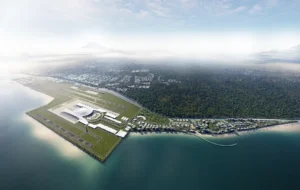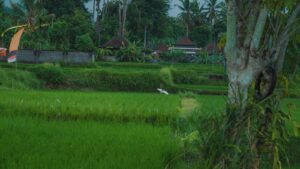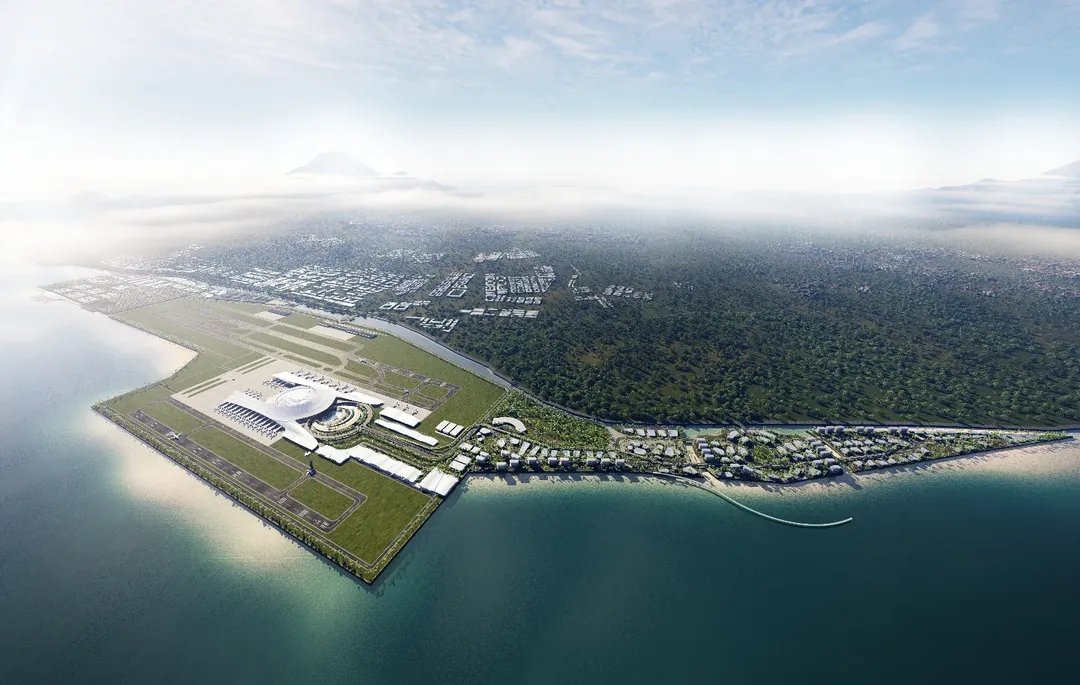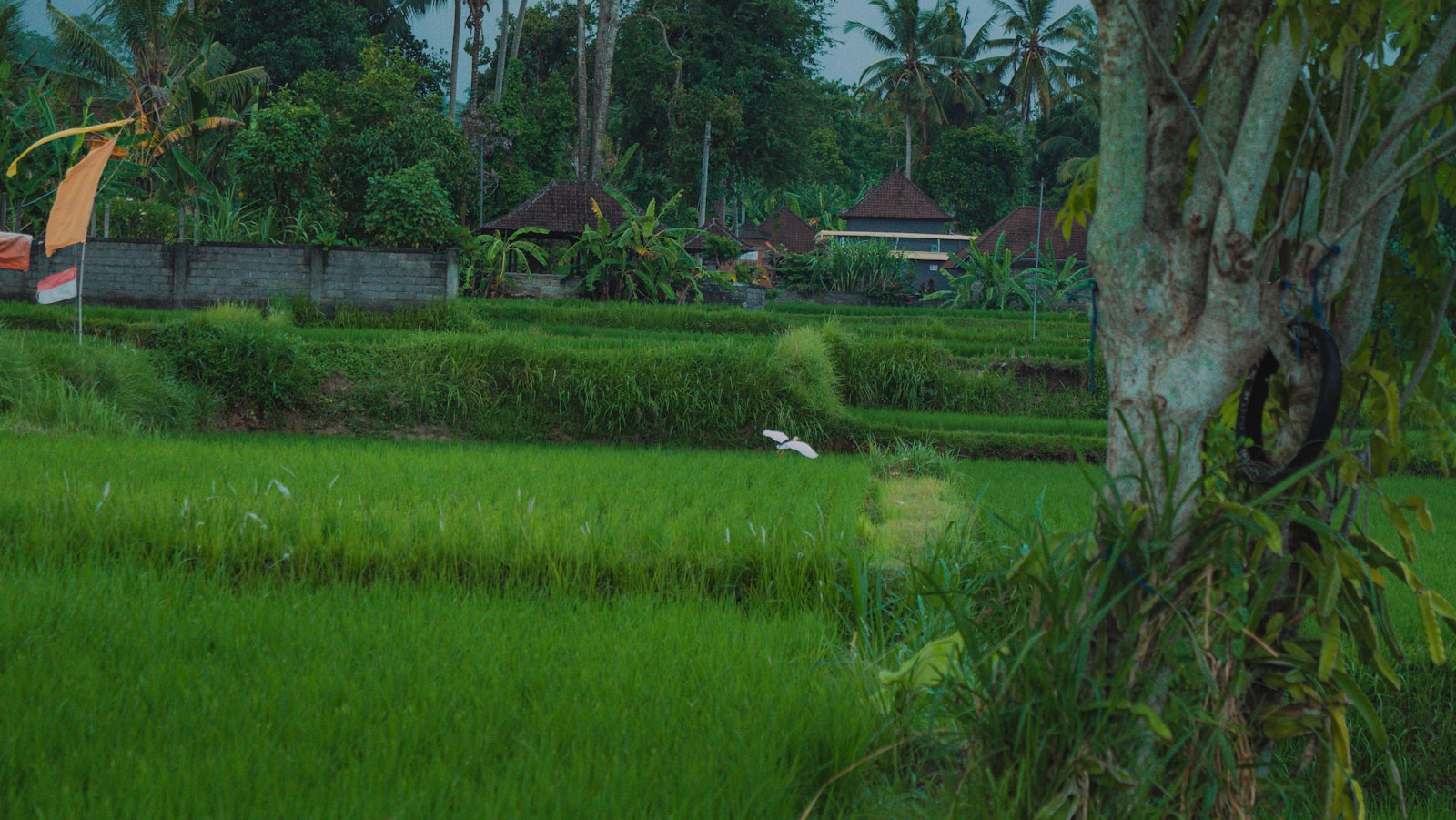North Bali Airport to Transform Bali Travel Forever: A New Gateway to the Island of the Gods
Quick Read TL;DR
Bali’s upcoming North Bali International Airport promises to shift the landscape of travel to this island paradise. With a projected capacity to handle 24 million international and 6 million domestic passengers, this airport aims to be more than a runway—it will embody sustainable design, Balinese cultural identity, and regional growth. Located in Kubutambahan, Buleleng, the new airport is set to redistribute tourism pressure from the crowded south toward calmer northern Bali, offering new economic opportunities, reduced congestion and an inspired architectural approach rooted in mythology and green infrastructure.
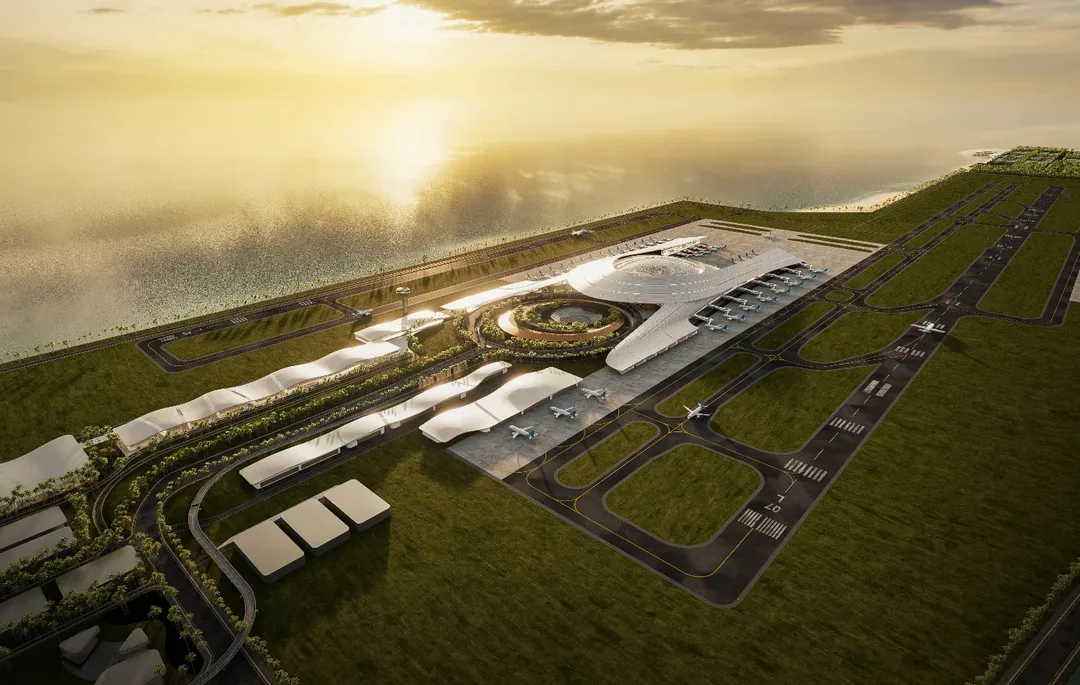
Imagine flying into Bali not through the usual southern route, but arriving in the serene north—into an airport that's not just a transit point, but a statement of cultural pride, sustainability and future-forward design. The North Bali International Airport (NBIA) is slated to change the face of Bali travel forever, redefining how travellers arrive, connect and experience the island. With a projected capacity to handle 24 million international passengers plus 6 million domestic travellers, this project isn’t just expansion—it’s a reshaping of Bali’s tourism, economy and identity. The design draws from Balinese philosophy, the mythic “cosmic turtle,” and green infrastructure, promising a seamless blend of culture and modernity.
Let me take you on a journey: we’ll dive into what’s planned, what it means for Bali’s future, the risks and challenges ahead—and why this airport could be the bold reinvention Bali has been waiting for.
Setting the Scene: Why Bali Needs North Bali Airport
Bali’s only major international airport today is Ngurah Rai International Airport, located in the south (Denpasar/Kuta region). It’s been pushing capacity limits for years. As tourism rebounds, passenger growth continues to strain infrastructure, traffic and amenities in southern Bali.
The push for a second airport in the north isn’t just about extra capacity. It’s about equity, regional balance, and sustainable growth. For too long, the south has borne the brunt of overtourism, congestion, infrastructure bottlenecks and environmental stress. The north, by contrast, has remained relatively underdeveloped—even though it has stunning beaches, waterfalls, nature spots and quiet charm waiting to be discovered.
By situating a new international gateway in Kubutambahan, Buleleng Regency, Bali is signalling a shift—spreading tourist inflows, encouraging investment, and rebalancing the island’s growth geography.
Crucially, the NBIA plan also aims to relieve pressure on Ngurah Rai, allowing it to focus more on premium and long-haul traffic, while the new northern airport handles more intra-regional, low-cost and ASEAN links.
But a project of this scale won’t succeed on capacity alone. To truly change the face of Bali travel, it's got to be visionary, sustainable and culturally rooted. That’s where the design concept, public transport integration and identity elements come in.
Anatomy of the Vision: Design, Layout & Inspiration
Myth, Meaning & Metaphor: The Cosmic Turtle Concept
One of the most compelling aspects of NBIA is how deeply the design leans on Balinese culture, philosophy and mythology. Alien Design Consultant (Alien DC), in collaboration with PT BIBU Panji Sakti, has revealed that the design draws from Bedawang Nala, the cosmic turtle of Balinese mythology, a being that supports the human realm and symbolises harmony and protection.
The terminal and transit hubs are conceived as organic forms—shell-like curves, flowing lines, spaces that feel like they grow out of the land, like a living organism. The transit structure acts like the turtle’s “protective shell,” while internal courtyards, landscaped open spaces, and amphitheatres echo the idea of a breathing, culturally alive airport.
This isn’t superficial ornamentation. It’s a philosophy of placemaking—an airport that communicates identity, gives a sense of arrival, and embeds cultural values from check-in to departure.
Layout & Functional Zones
The design is split into two major sections: the Transit Hub and the Airport Terminal. These are conceived as dual yet fluid zones—closely integrated to form a cohesive circulation experience.
- Transit Hub: This zone will act as the connectivity engine. Think trains, Bus Rapid Transit (BRT), eco-shuttle systems, drop-off zones and smooth intermodal flow.
- Terminal: The flight operations core—check-in, security, gates, lounges—designed to reflect Balinese spatial and aesthetic principles.
Both zones will be woven together, enabling movement that feels natural, with open-air courtyards, garden spaces, cultural installations and architectural continuity.
Key Features & Facilities
From what has been shared, some standout numbers and features emerge:
- Passenger handling: 24 million international + 6 million domestic annually.
- Check-in counters: 196 international + 24 domestic.
- Boarding bridges (aerobridges): 32 total.
- Runways: Two runways are planned, lengths around 3,600 metres, capable of accommodating wide-body aircraft.
- Area & land strategy: The plan includes a portion built over reclaimed or coastal land, spanning possibly hundreds or even thousands of hectares when including supporting aerotropolis zones.
- Green & sustainable systems: Renewable energy, natural ventilation, integration of electric vehicles, water and energy-efficient systems, and abundant green open space.
- Cultural programming: Amphitheatres for performances such as Kecak dance, internal courts reminiscent of Balinese natah (courtyard), local materials and motifs woven into structure.
In all, NBIA is not just a transit machine—it’s a destination airport, with spaces you want to linger in, explore and feel a connection to place.
Timeline, Funding & Project Status
As with any mega infrastructure plan, vision must be matched with execution. Here’s what is known so far.
Institutional Backing & Priority
The project is now listed as one of Indonesia’s priority infrastructure projects in the 2025–2029 National Medium-Term Development Plan (RPJMN) — though earlier, under the previous administration, it was delisted. (The Bali Sun) President Prabowo Subianto has publicly reaffirmed commitment to the airport, framing it as a central pillar of his vision to make Bali a regional hub akin to Singapore or Hong Kong. (The Bali Sun)
The project is being developed as a partnership between PT BIBU Panji Sakti and Alien Design Consultant, the latter being notable for infrastructure and architectural projects across Indonesia. (The Bali Sun)
Milestones & Projections
- In August 2025, the CEO of PT BIBU revealed the signing of MoUs with investors, securing location determinations, and targeting the first runway to be operational by 2028. (The Bali Sun)
- Some sources suggest an earlier opening (2027) is possible, depending on permit speed and land acquisition progress. (dijiwasanctuaries.com)
- At present (2025), early phases are in planning, location, environmental permitting (AMDAL) and land coordination. (dijiwasanctuaries.com)
Challenges and Risks
- Land acquisition & customary rights: Much of the land is under traditional village or customary ownership. Ensuring fair compensation, community consultation and legal clarity will be essential. (dijiwasanctuaries.com)
- Environmental & reclamation concerns: Building over the sea or near coastal zones raises sustainability and marine ecosystem implications. (Indonesia Expat)
- Regulatory & interagency coordination: Clearance from forestry, marine, environmental, cultural, transport and aviation agencies are required. This can create delays. (dijiwasanctuaries.com)
- Funding & investor confidence: While MoUs are signed, converting them into capital deployment, ensuring cost control, and managing financial risks is nontrivial. (North Bali Lovina Real Estate Agency)
- Operational transition & integration: Ensuring smooth connectivity, efficient public transport linkages, and a complementary role with Ngurah Rai Airport demands logistics and strategic planning.
- Cultural & social sensitivities: Proposals must respect sacred sites, spiritual landscapes, community sentiments, and cultural heritage.
If these are handled well, this project could become a model for infrastructure that is ambitious yet thoughtful.
What NBIA Could Mean for Bali: Impacts & Opportunities
This is where things get exciting. The ripple effects of NBIA extend far beyond air traffic.
Tourism Redistribution & Regional Growth
One of the primary hopes is that North Bali will receive greater tourism attention—visitors will venture beyond Ubud, Canggu and Uluwatu, into the once-quiet parts of the island. That means more spending, more boutique accommodations, more local economic opportunity in the north and central regions. (dijiwasanctuaries.com)
It could ease the congestion, strain on infrastructure, and overdevelopment in southern Bali—helping preserve more of the southern coastline, protect water, reduce traffic and manage overtourism pressure.
New Business & Investment Zones
The concept of aerotropolis or aerocity zones around the airport hints at forward-planning: business parks, logistics hubs, hospitality clusters, supply chains, and new industrial nodes. (The Bali Sun)
Logistics, imports and exports—especially agricultural, seafood, local goods—could gain in efficiency, reducing costs and facilitating trade.
Jobs, Skills & Local Economy
Construction, operations, retail, hospitality, transport, maintenance—all offer new employment streams. More than that, they require upskilling, education and institutional support to ensure locals benefit.
The increased demand for supporting services (hotels, food & beverage, tourism services, transport, crafts) can uplift small and medium enterprises across communities.
Environmental & Sustainability Gains (If Done Right)
With a strong design that emphasises green infrastructure, renewable energy, ecological balance and nature integration, the airport could set new standards for sustainable infrastructure in Indonesia—and globally. The aim is not just to build “a big airport” but to build a green, living, breathing one.
If it succeeds, NBIA could prove that large-scale development can be regenerative rather than extractive.
Cultural & Identity Significance
By weaving Balinese symbolism, architectural motifs, cultural programming and local wisdom into the fabric of the airport, NBIA becomes a cultural gateway, not just a transit point. In that sense, international visitors begin their Bali experience before even stepping outside.
This fusion of identity and infrastructure has the potential to raise the bar for “airport as place”—not just arrival, but first impression, storytelling, immersion.
A New Angle: Community-Led Airport Experiences & Local Storytelling
Here’s a fresh thought—beyond architecture and connectivity, NBIA could pioneer community-led visitor experiences built right into the airport precinct.
Rather than the usual duty-free shops and global brands, imagine:
- A Balinese artists’ gallery in the terminal featuring local painters, sculptors and woodworkers
- Cultural ambush moments—mini dance performances, gamelan in waiting areas
- Local food courts spotlighting Buleleng and northern tradition, regional recipes
- Storytelling stations: interactive installations about local myths, the cosmic turtle, Tri Hita Karana philosophy
- Community co-ops selling crafts directly, giving more revenue to village artisans
- Interpretive trails from airport to nearby rural landscapes—so travellers get a taste of local life from day one
This kind of approach does more than beautify—it's empowering, inclusive, immersive. It brings communities into the narrative rather than making them passive bystanders to a mega project.
If NBIA adopts this vision, it might be less “airport built for Bali” and more “airport built by Balinese”—giving agency, ownership and participation to local citizens.
Pulling It Together
The North Bali International Airport is more than a new terminal or runway. It is a bold reimagining of how Bali grows, how travellers arrive, and how culture and environment can coexist with ambition. The design reaches back into mythology to propel Bali forward; the planning aims to redistribute growth, not magnify imbalance. But success depends on navigating complexity: land rights, environment, funding, integration and community trust.
If everything aligns, NBIA could become a shining example of infrastructure that cares, growth that breathes, tourism that respects and design that is deeply local.
As we watch this project unfold, we should question: Will Bali truly be able to balance expansion and preservation? Can communities be equal partners in this future? Will travellers feel the difference — arriving not just into an airport, but an unfolding story?
This is more than construction. It is intention made manifest. And in that, the North Bali Airport just might change Bali forever—as much in spirit as in steel.



